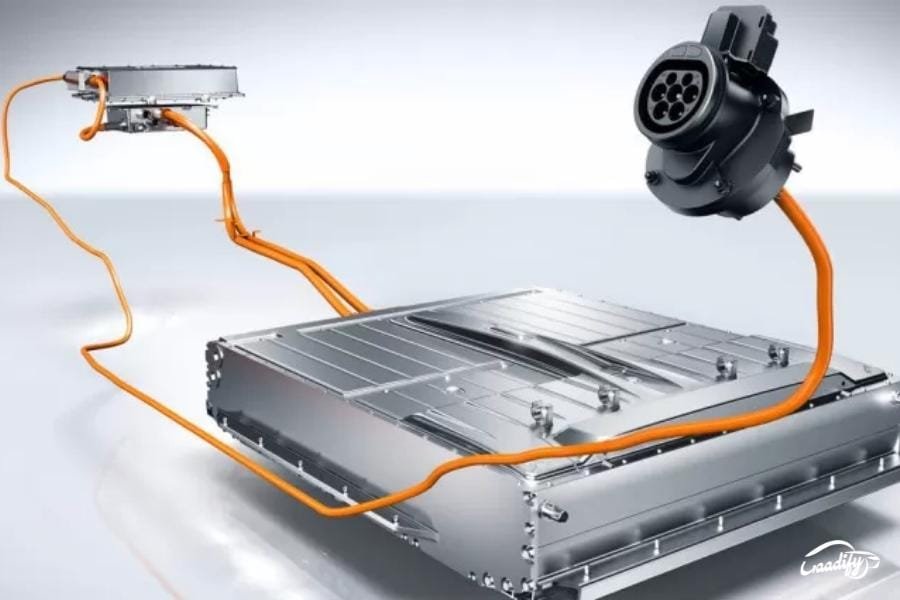You might be reading the title of this article and thinking to yourself…” safety rating, that too for a helmet? Is that even a thing?!” Well, we’re here to tell you that it absolutely is a real thing because there is never a thing called “too safe.” So come, dive right into this article and allow us to help you understand how the safety gear you put on your head every time you get on your two-wheeler (if you don’t then you should!!) is much more thought out than you might think.
Helmet Safety Rating: Why is it required?
A helmet is one of the most essential pieces of gear when it comes to riding two-wheelers or vehicles on a track, and so it must be ensured that it is thoroughly checked and tested before being pushed out for commercial use.
Also Read: MoRTH Proposed New Safety Rules For Riding With Children Below 4-Years
Different Types of Motorcycle Helmet Safety Rating
Let’s delve into some typical motorcycle helmet safety ratings and their certification process.
1. DOT (Department of Transportation)
The Department of Transportation (DOT) standard is specific to the United State of America. Enforced and supervised by the National Highway Traffic Safety Administration (NHTSA) of the USA, it is a set of guidelines set down by the US government that helmet manufacturers of the country have to make their products in accordance with. DOT safety standards are widely accepted worldwide and known as Federal Standard FMVSS 218.
To comply with the DOT certifications, helmet makers have to test their products to check whether they meet the pre-defined standards. These tests include impact negation/crash test, penetration resistance, height test, retention test, and field vision.
Note: This system works on the principle of self-certification (manufacturers test their helmets themselves) and NHTSA randomly selects helmets available for sale in the market and tests them for compliance with DOT standards.
Also Read: Top 5 Recommended Bike Accessories For Touring Purpose
2. SNELL (Snell Memorial Foundation)
Snell Memorial Foundation is a private, non-profit organization working to improve helmet safety. It was made to cherish the memory of racer Pete Snell, who died in 1956 while wearing the original safety-oriented helmet made by Herman Roth. Pete Snell’s death gave inception to what is now and for decades been regarded as the gold standard of helmet safety.
Snell specifications for helmet safety are updated every five years. M2020 is the current safety standard for a Snell-certified motorcycle helmet. It involves multiple safety examinations under M2020D and M2020R categories, namely flat anvil, edge anvil, and hemispherical anvil, done at different velocities and from different angles.
3. ECE (Economic Commission of Europe)
ECE follows a more rigorous testing process than DOT certification. It is approved for almost all renowned competitive motorsport events and therefore ECE-certified helmets are always in high demand. ECE-approved helmets undergo extensive testing methods, which are deemed to conform to the most advanced standards. These include impact test, abrasion resistance, chinstrap test, and deformation test.
4. SHARP (Safety Helmet Assessment and Rating Program)
Established in 2007 by the government of the United Kingdom (UK), the Safety Helmet Assessment and Rating Program (SHARP) provides helmets with a star rating from one to five, based on 30 linear and 2 oblique impact tests for both high- and low-velocity impacts, against different surfaces. It largely follows requirements specified in UN ECE Regulation 22.05.
Also Read: Decoding Some Safety Features
5. ISI (Indian Standards Institute)
Our very own homegrown testing standard, the ISI-certified helmets (IS: 4151) were first released and enforced in 1993. The methods for safety testing under ISI are similar to that of ECE standards. However, its testing procedures include spot checks, fit & finish, design, ease of use, weight, and visibility.




